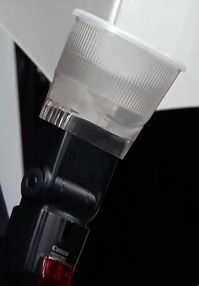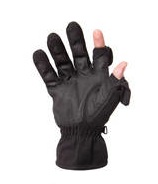Photography is a balancing act. You give a little here and get a bit there. One of the areas this comes in to play is with mobility vs quality. How much equipment do you want to carry, and how long do you want to spend setting up a shot? Do you want to travel light and work quickly? Or are you fine with the methodical approach? The trick is, the answer may not be the same for every situation. In this week's podcast, we explore the options you have, and how to apply them to your work.
I have a wonderful verbal typo in the opening monologue: "The Florida Birding Show in Texas." Sweet! Who's buried in Grant's Tomb, right?
Listen to the Podcast
You can also download the podcast here (32 minutes). Or better yet, subscribe to the podcast in iTunes. You can support this podcast by purchasing the TDS iPhone App for only $2.99 from the Apple App Store.
Monthly Photo Assignment
Black & White is the Nov. 2011 Photo Assignment. You can read more about how to submit on our Member Participation page. Deadline for entry is Nov. 30, 2011.
More Ways to Participate
Want to share photos and talk with other members in our virtual camera club? Check out our Flickr Public Group. And from those images, I choose the TDS Member Photo of the Day.
Podcast Sponsors
Red River Paper -- The $7.99 Sample Kit is back! And with free shipping.
Make Your Photos Sizzle with Color! -- SizzlPix is like High Definition TV for your photography.
Need a New Photo Bag? Check out the Lowepro Specialty Store on The Digital Story and use discount code LP20 to saven 20% at check out.
Technorati Tags:
digital photography, podcast, technique, Technology, The Digital Story, tips






















